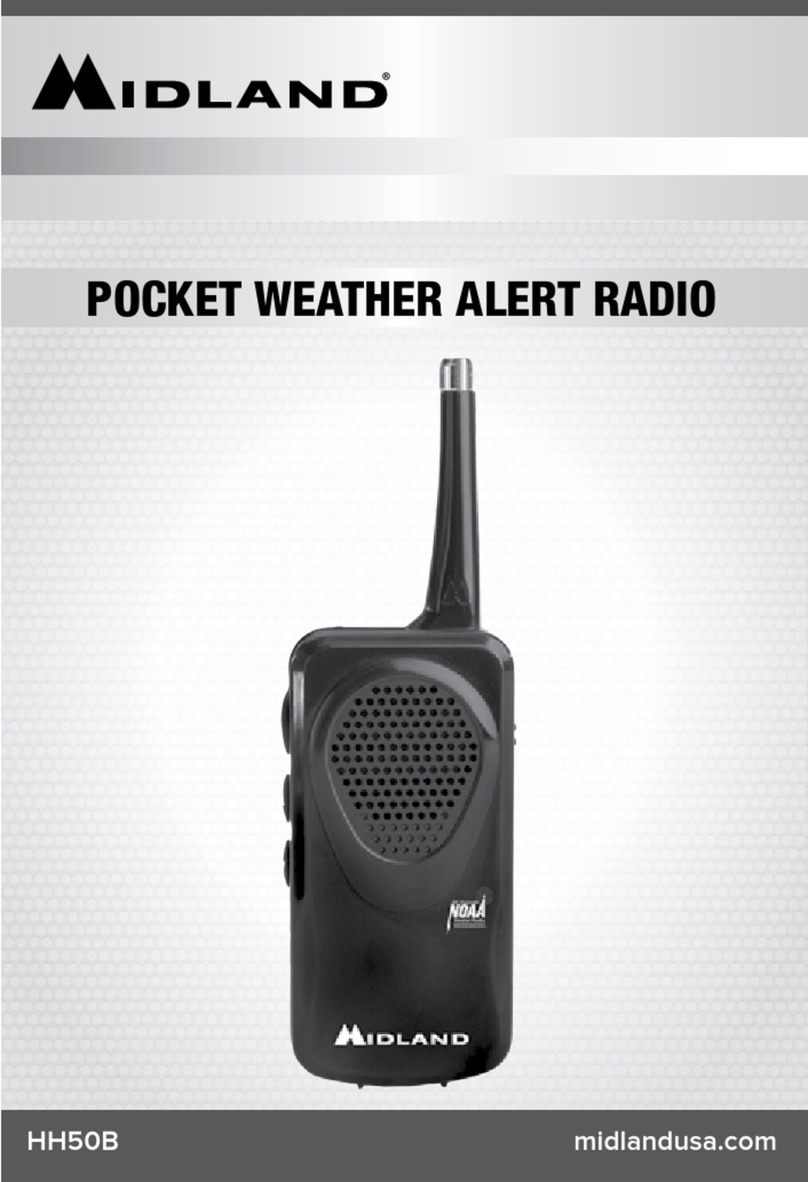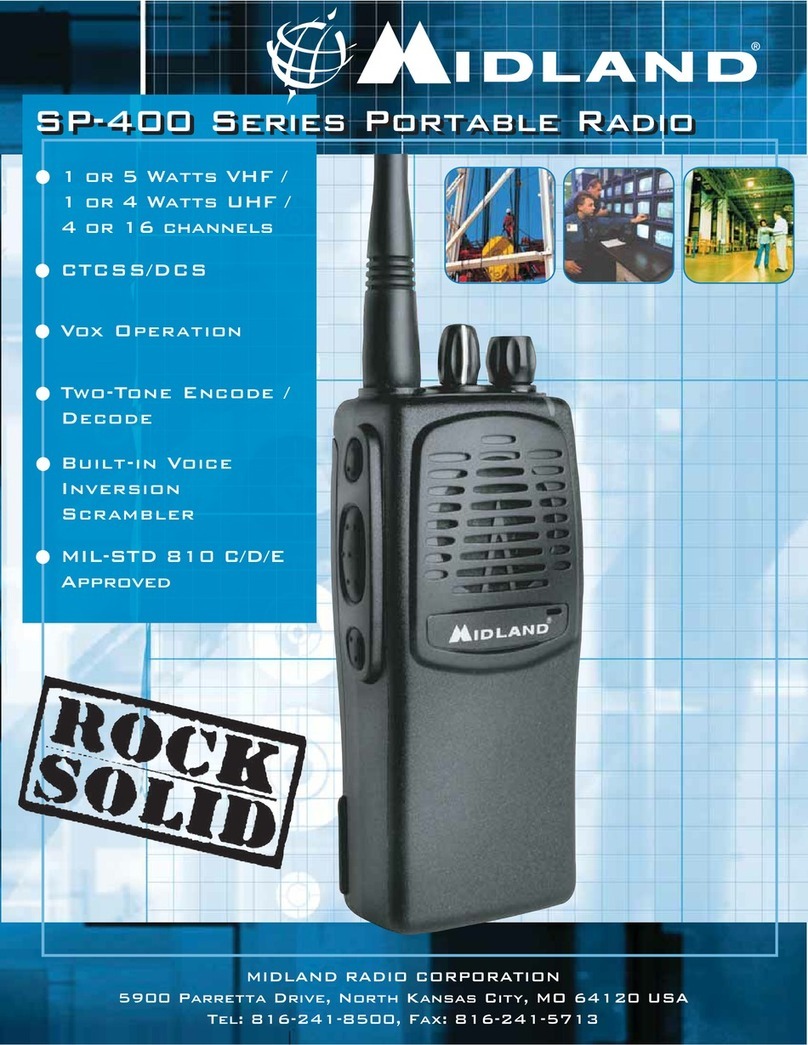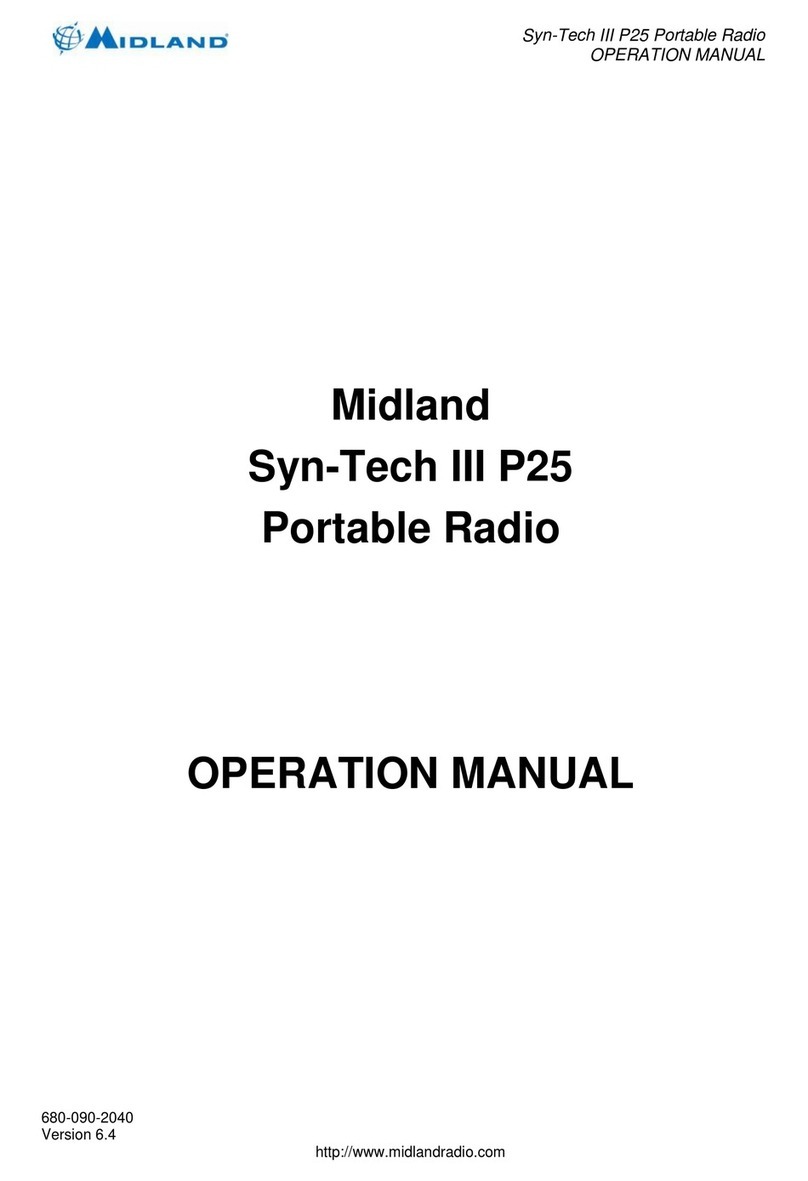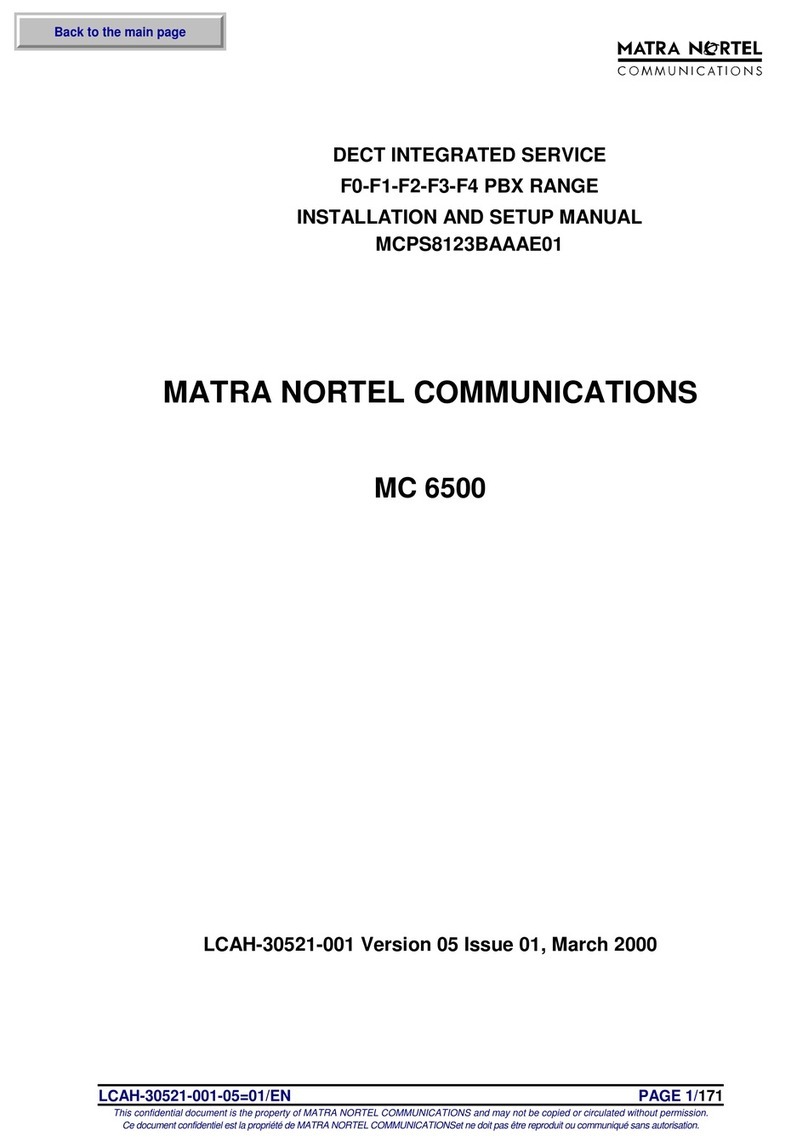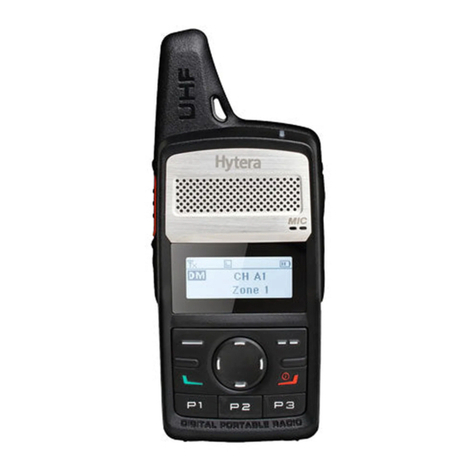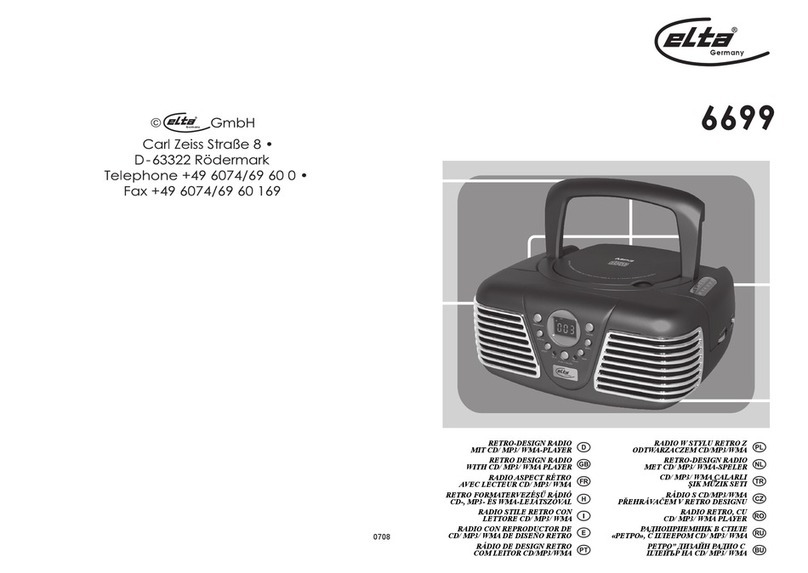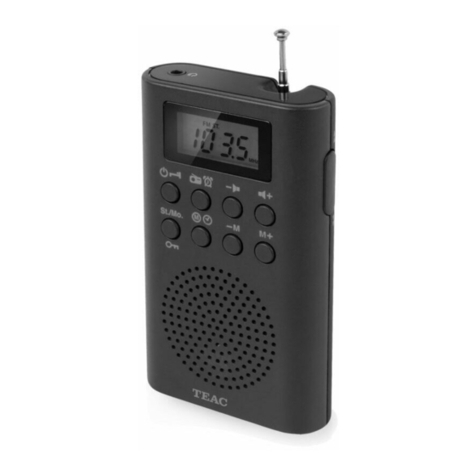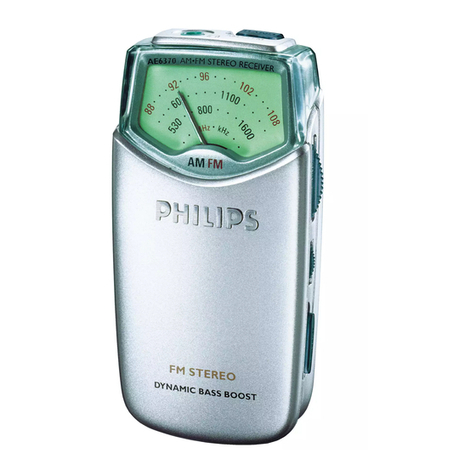
SYN-TECH III P25 PORTABLE RADIO
SERVICE MANUAL
iv
TABLE OF CONTENTS
1DEFINITIONS, ABBREVIATIONS AND ACRONYMS ............................................................................1-1
1.1 DEFINITIONS ................................................................................................................................... 1-1
1.2 ABBREVIATIONS AND ACRONYMS .............................................................................................. 1-1
2INTRODUCTION.......................................................................................................................................2-1
2.1 GENERAL FEATURES .................................................................................................................... 2-1
2.2 TECHNICAL SPECIFICATIONS ...................................................................................................... 2-2
3DESCRIPTION OF THE RADIO...............................................................................................................3-1
3.1 CONNECTION DIAGRAM................................................................................................................ 3-1
3.2 Operating Principles ......................................................................................................................... 3-2
3.2.1 RF and Control PCB..............................................................................................................3-2
3.2.2 Display and Keypad PCB ...................................................................................................... 3-4
3.2.3 DSP PCB............................................................................................................................... 3-4
4ADJUSTMENT..........................................................................................................................................4-1
4.1 DEFINITIONS AND ABBREVIATIONS ............................................................................................ 4-1
4.2 ADJUSTMENT CONDITIONS.......................................................................................................... 4-1
4.3 ADJUSTMENT SETUP..................................................................................................................... 4-1
4.4 ADJUSTMENT PROCEDURES ....................................................................................................... 4-3
4.4.1 RF Output Power Adjustment................................................................................................ 4-3
4.4.2 Analog Frequency Adjustment 25 kHz.................................................................................. 4-3
4.4.3 Digital Frequency Adjustment ............................................................................................... 4-3
4.4.4 Modulation Flatness Adjustment ........................................................................................... 4-3
4.4.5 Modulation Limiting Adjustment ............................................................................................ 4-4
4.4.6 FM Deviation Adjustment ...................................................................................................... 4-4
4.4.7 C4FM Deviation Adjustment.................................................................................................. 4-4
4.4.8 Squelch Adjustment............................................................................................................... 4-4
4.4.9 RSSI Adjustment ................................................................................................................... 4-5
4.4.10 C4FM Receive Level Adjustment .......................................................................................... 4-5
5TROUBLESHOOTING .............................................................................................................................5-1
6ILLUSTRATED PART LISTS...................................................................................................................6-1
6.1 SYN-TECH III P25 PORTABLE MAIN ASSEMBLIES...................................................................... 6-2
6.2 SYN-TECH III P25 PORTABLE RADIO PCB ASSEMBLIES........................................................... 6-4
6.3 SYN-TECH III P25 PORTABLE RADIO REAR PANEL ASSEMBLY............................................... 6-6
6.4 SYN-TECH III P25 PORTABLE RADIO FRONT PANEL ASSEMBLY ............................................ 6-8
6.5 SYN-TECH III P25 PORTABLE RADIO DISPLAY AND KEYPAD PCB ASSEMBLY....................6-10
6.6 SYN-TECH III P25 PORTABLE RADIO DSP PCB ASSEMBLY.................................................... 6-14
6.7 SYN-TECH III P25 PORTABLE RADIO VHF RF AND CONTROL PCB ASSEMBLY................... 6-17
6.8 SYN-TECH III P25 PORTABLE RADIO UHF RF AND CONTROL PCB ASSEMBLY...................6-24
7DISASSEMBLY AND ASSEMBLY..........................................................................................................7-1
7.1 REQUIRED EQUIPMENT ................................................................................................................ 7-1
7.2 USAGE ............................................................................................................................................. 7-2
7.3 DISASSEMBLING THE RADIO........................................................................................................7-2
7.4 DISASSEMBLING THE PCB ASSEMBLY ....................................................................................... 7-5
8SCHEMATIC DIAGRAMS........................................................................................................................8-1
8.1 RADIO CONNECTOR PINOUT........................................................................................................ 8-2
8.1.1 Side Control........................................................................................................................... 8-2
8.1.2 Audio Control......................................................................................................................... 8-2
8.1.3 External Accessory................................................................................................................ 8-2
8.2 VHF RF SCHEMATIC 136-174 MHz ................................................................................................ 8-3
8.3 UHF RF SCHEMATIC 380-470 MHz................................................................................................ 8-4
